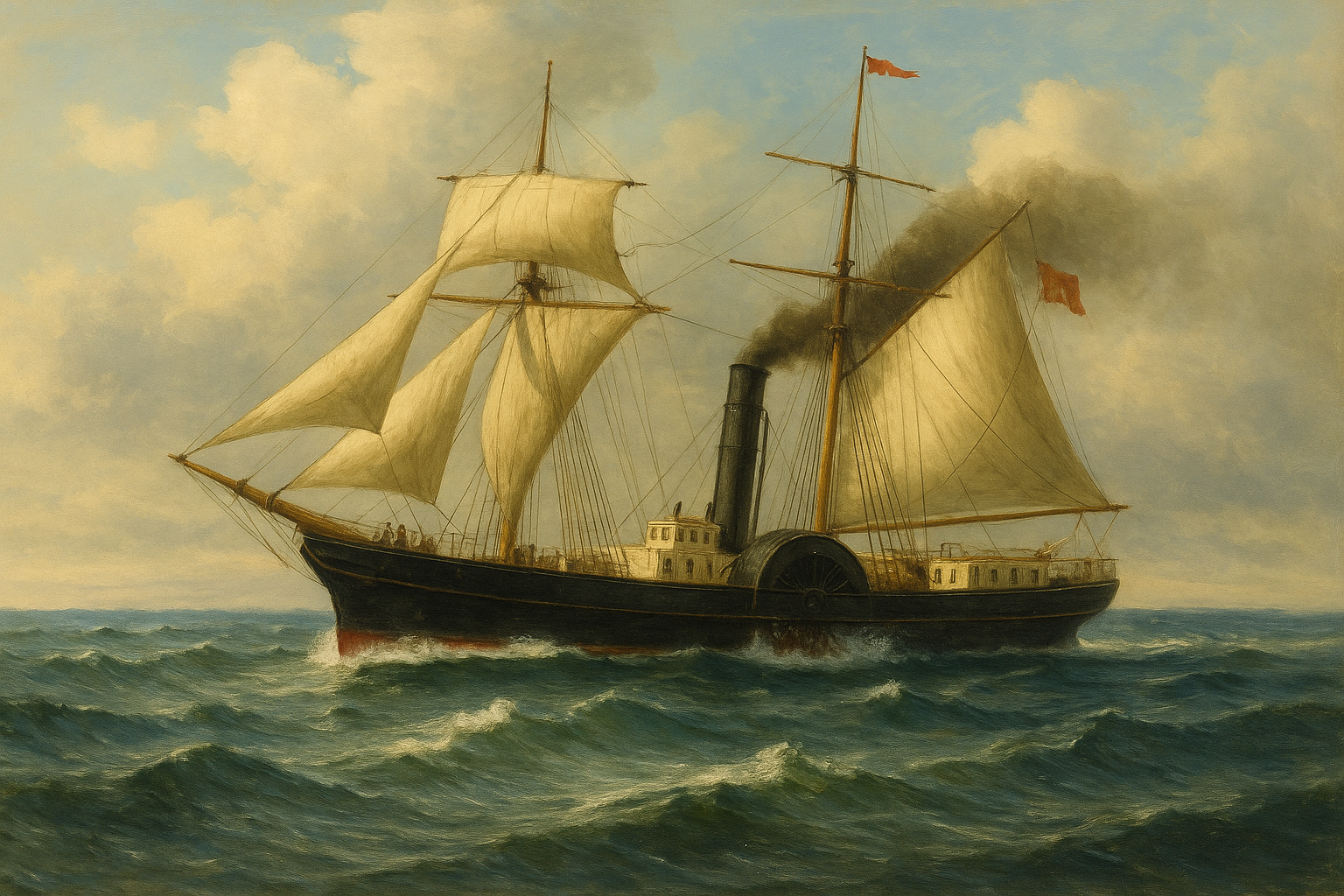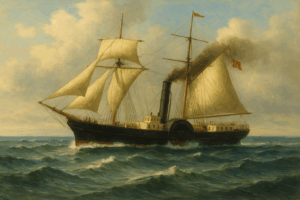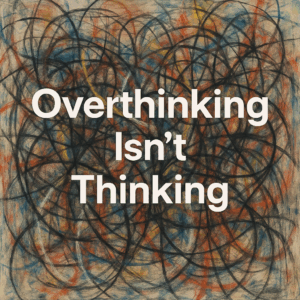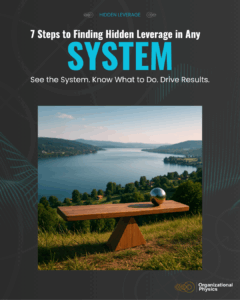Summary Insight:
Every societal revolution begins with a new source of power. The last one was driven by steam; this one runs on compute. Understanding how past leaders adapted to new energy systems reveals how to lead your business through the AI era—before the tide turns.
Key Takeaways:
- Each revolution follows the same pattern: energy → innovation → structure → dominance.
- The next competitive edge won’t come from scale, but from efficiency, context, and coordination.
- AI will reward leaders who redesign structure and process to convert data into intelligent action.
This article was originally published on Lex Sisney’s Enterprise AI Strategies Substack.
Every societal revolution begins with a new source of power.
In the 1700s, it was coal. In the 1800s, steam. Today, it’s compute.
What coal did for engines, GPUs are doing for intelligence—fueling an arms race between nations, companies, and ideas. To see where we’re headed, it helps to look back at where we’ve been.
The First Energy Transition
In the early 1700s, England ran on coal—and it had plenty of it. But the more coal England used, the greater the demand became. As miners dug deeper, the mines flooded with groundwater. To drain them, a new invention appeared: the steam engine.
Fueled by seemingly limitless, high-quality coal, English entrepreneurs soon found ways to use steam power for everything—from mining to manufacturing—igniting the Industrial Revolution and everything that followed.
Here’s the twist: early steam engines were incredibly inefficient, wasting more than 90% of their energy as heat loss. But in the beginning, that didn’t matter. The nominal gains and new possibilities more than offset the waste.
Across the English Channel, France watched with a mix of wonder, terror, and jealousy. Wonder at the potential of steam. Terror at the prospect of a steam-powered England dominating Europe. And jealousy, because France’s coal was scarce and of poor quality compared to England’s rich seams.
So what did France do? It had no choice. French scientists began studying the science behind steam—trying to uncover its secrets and build better engines. That effort gave rise to an entirely new field: thermodynamics—the laws that govern every energy system, from steam engines to living organisms.
Organizational Physics itself runs on these same laws. They’re not just useful for machines—they’re the hidden rules that govern success in life and work.
Here We Are Again
History doesn’t repeat itself, but it often rhymes.
Once again, energy, technology, and strategy are converging to reshape the world order.
The protagonists have changed—it’s no longer England and France but the United States and China, along with their allies. The stakes are just as high. This time, it’s not a battle for coal—it’s a battle for compute.
The U.S. leads in closed AI models and advanced chip design, but it’s constrained by limited power generation. China, on the other hand, has abundant AI talent, is driving open model efficiency, and critically, has built up vast and cheap sources of electricity.
Meanwhile, the entire U.S. hyperscaler ecosystem depends on TSMC—the Taiwan Semiconductor Manufacturing Company. Without TSMC, there are no chips. And without chips, there are no large U.S. tech companies—at least not until an alternative production base and supporting ecosystem can be built.
If we were to replay the “steam engine wars” today, it would look something like this: France (China) possesses the vast energy reserves and the most efficient engines this time around, while Portugal (Taiwan) holds the world’s critical engine parts factories—loyal to England (the U.S.), yet uncomfortably close to its rival. England’s advantage lies in its first-mover position, its political alliance with Portugal and its military and commercial strength to maintain the balance of power.
The implication is clear: if the U.S. hopes to win this new industrial revolution, it must move fast—developing both low-cost energy sources and domestic chip manufacturing before the tide turns.
But that’s the larger arc of history and navigating it is way above my pay grade. And what about you—the captain of your own business? How do you navigate this sea change?
O Captain, My Captain
Imagine you’re a merchant sea captain during the early days of steam. You ply the waters of the English Channel, trading between England and France, always scanning for opportunity.
The first time you see a steam-powered ship, it’s clunky and unreliable—but it strikes fear and excitement in equal measure. You instantly know: this changes everything. You need to understand it, adopt it, and adapt before someone else does.
Almost overnight, your strategy shifts. You look for engineers who can master this new technology—or at least have the curiosity to figure it out. You refit your ship’s structure to accommodate an engine. You redesign your processes to operate under steam instead of sail. You rethink your crew—hiring people who thrive in this new era and build a culture of experimentation and execution at sea.
Now you’re sailing again, but under a head of steam. As captain, your job is to keep the balance between focus and optionality—to stay true to your purpose while remaining flexible enough to adopt new innovations as they emerge from England, France, or elsewhere. And on it goes—the cycle of adaptation, phase shifts, maturity, decline, and renewal.
What’s Different This Time
What I want you to take from this analogy is the awareness that every system throughout history has the same basic levers for change:
- Strategy: aligning unique capabilities with environmental opportunity
- Culture: the collective ethos and behavior
- People: the agents doing the work
- Structure: how the system is organized
- Process: how decisions are made and implemented
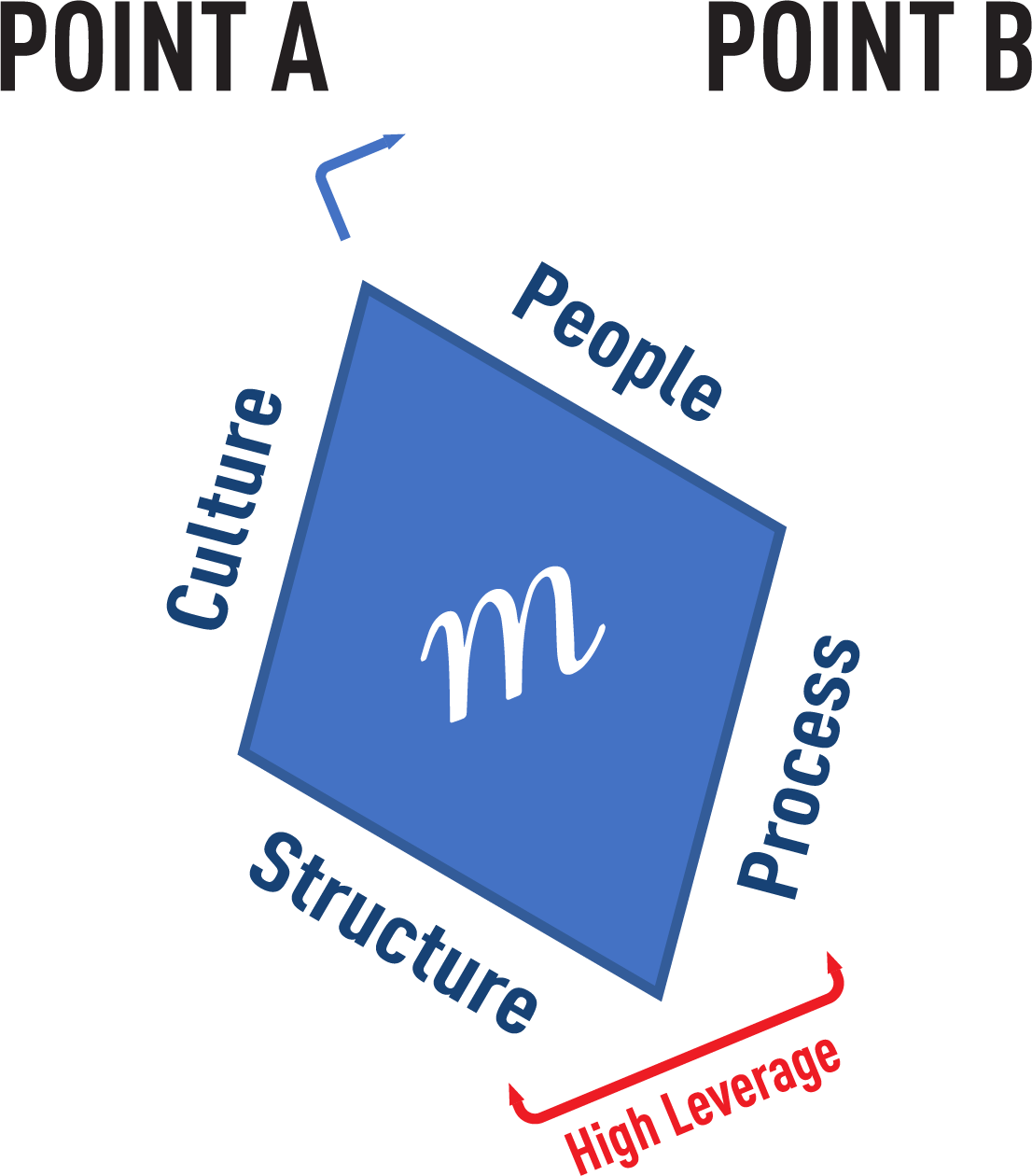
Viewed through this lens, the shift into the AI era is both radically different and eerily familiar.
As captain of your business, you must focus on what you can control and ride the right currents at the right time.
At its core, it means setting the right strategy—then designing the structure and processes to match (think of these as trim tabs on your ship), while building the people and culture that can thrive in this era. The pace is faster—but the levers are timeless. Work them, or go down with your ship. Arrrrgghhhh.
As you do this, consider these nine lessons from the steam engine revolution; each offers insight for navigating today’s transformation.
Nine Lessons for the Age of Intelligence
1. Exploit Abundance Early, Design for Efficiency Now
In the opening round of any revolution, brute resources usually win. Abundant compute lets you move fast, experiment freely, and accumulate know-how. But as systems mature, efficiency becomes destiny.
England’s early steam engines wasted 90%+ of their energy—but by the late 1800s, thermodynamics drove massive gains in efficiency and throughput..
In enterprise AI, USA-based hyperscalers are still in the coal-burning stage: more data (fuel), more GPUs (engines), more parameters (model size). You can leverage that abundance for now. But compute costs are likely to rise, due to constrained energy, and the next edge will come from efficient intelligence—getting more strategic value per unit of compute invested.
For CEOs, the next frontier isn’t more horsepower—it’s less waste.
2. Beware the Coal Trap
Abundance makes systems lazy. When energy seems infinite, inefficiency hides in plain sight.
Most companies are falling into this trap: bolting AI copilots onto broken workflows, duplicating data pipelines, and mistaking motion for progress.
The real question isn’t “Where can we use AI?” but “Where are we wasting heat loss?”
Rework, redundant approvals, stale data, unclear ownership—these are heat losses. AI will amplify them unless structure and process changes first.
3. Make Architecture Your Advantage
France couldn’t copy England’s geography, so it invented theory.
Likewise, most enterprises can’t match hyperscaler compute, so they must out-think them with enterprise architecture.
You can rent a model; you can’t rent a structure.
The future belongs to organizations that design context engines—systems that connect data, decisions, and workflows into one coherent fabric.
4. Build the System Not the Parts
The Industrial Revolution wasn’t just about engines—it was about systems integration. Steam needed precision metalworking, gauges, standard threads, and rails.
Enterprise AI is no different.
Process redesign, security, change management, and governance are the complements that harness power.
Before deploying models, build the rails—data, interfaces, evaluation frameworks, and feedback loops. Those standards unlock compounding returns.
5. Measure Entropy
In the 19th century, engineers tracked the heat loss of engines—coal per horsepower-hour.
Enterprises need their equivalent:
- Rework rate (error heat)
- Decision cycle time (energy latency)
- Useful decisions per $ (work/energy ratio)
- Entropy index (system breakdown rate and root cause)
Plug the right leaks, and you multiply leverage.
6. Let Constraints Guide You
France’s lack of coal forced theory. Your lack of budget, compute, or data sovereignty can do the same.
Constraints are design teachers. They push you toward retrieval-centric architectures, smaller efficient models, and smarter context engineering.
When you can’t throw energy at the problem, you’re forced to understand the physics. That understanding compounds.
7. Shift from Power to Coordination
The real leap of the Industrial Revolution wasn’t stronger engines—it was the factory system: people, machines, workflows, and supply chains orchestrated into continuous work.
We’re entering the same phase in AI. The next step isn’t bigger models—it’s coordination: multi-agent systems, integrated workflows, and human–AI teams operating as one.
Power provides potential. Coordination drives progress. That’s why persistent context is so key to enterprise AI success.
8. Use Governance as Your ‘Flyball’ Governor
Early steam engines exploded—literally—until James Watt added the flyball governor, a mechanical feedback device that throttled power when it spun too fast.
Enterprise AI needs the same principle.
Integrated governance, audit trails, rollback switches, and human oversight can seem like bureaucracy—but the risk of a systemic blowout must be controlled for.
Governance isn’t only a brake—it’s how you maintain velocity without losing control.
9. Evolve Strategy with the Stage
As the stage of your AI system changes, so must your strategy.
AI capabilities, costs, latency, and regulations, are shifting constantly. The structure that worked six months ago may now create drag.
Install a quarterly AI business review focused on entropy:
- Where is our heat loss now?
- Where is throughput stalling?
- Where are gauges misaligned?
Adaptation isn’t a project. It’s the job.
The CEO’s Mandate
In the age of steam, leadership meant mastering energy flow—building railways, factories, and supply chains that turned coal into commerce.
Guess what? In the age of intelligence, leadership still means mastering energy flow—but this time by designing architectures that convert compute into insights with minimal entropy.
The last revolution belonged to those who mastered steam.
This one belongs to those who master context—because context is applied intelligence.
The physics hasn’t changed—only the medium has.
📌 P.S. Every system has a source of power—and a source of waste. The leaders who see both, and act on the difference, are the ones who win.
